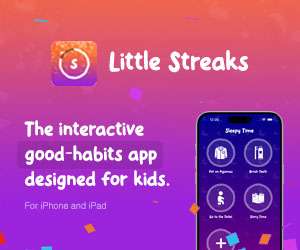Isaac
Years ago
NBL Player Cluster Analysis
This stats work from Spatial Jam's Andrew Price is very cool.
NBL Player Cluster Analysis
It groups NBL players from the last four years into 12 clusters - Defensive Ball Handler, Offence-First Big, The Gunner, etc.
The project takes all boxscore statistics from the past four NBL seasons (2015-16, 2016-17, 2017-18 and 2018-19) and attempts to create an understanding of player types based on an individual's statistics and tendencies as opposed to simply looking at their 1 to 5 positions on the court. The modern game of basketball has significantly altered how we should assess and categorise players. It is becoming increasingly difficult to group players into the traditional 5 categories (Point Guard, Shooting Guard, Small Forward, Power Forward, Centre) - these groups have become far more fluid, with players’ skill-sets often fitting the description of multiple traditional positions.Go take a look.






